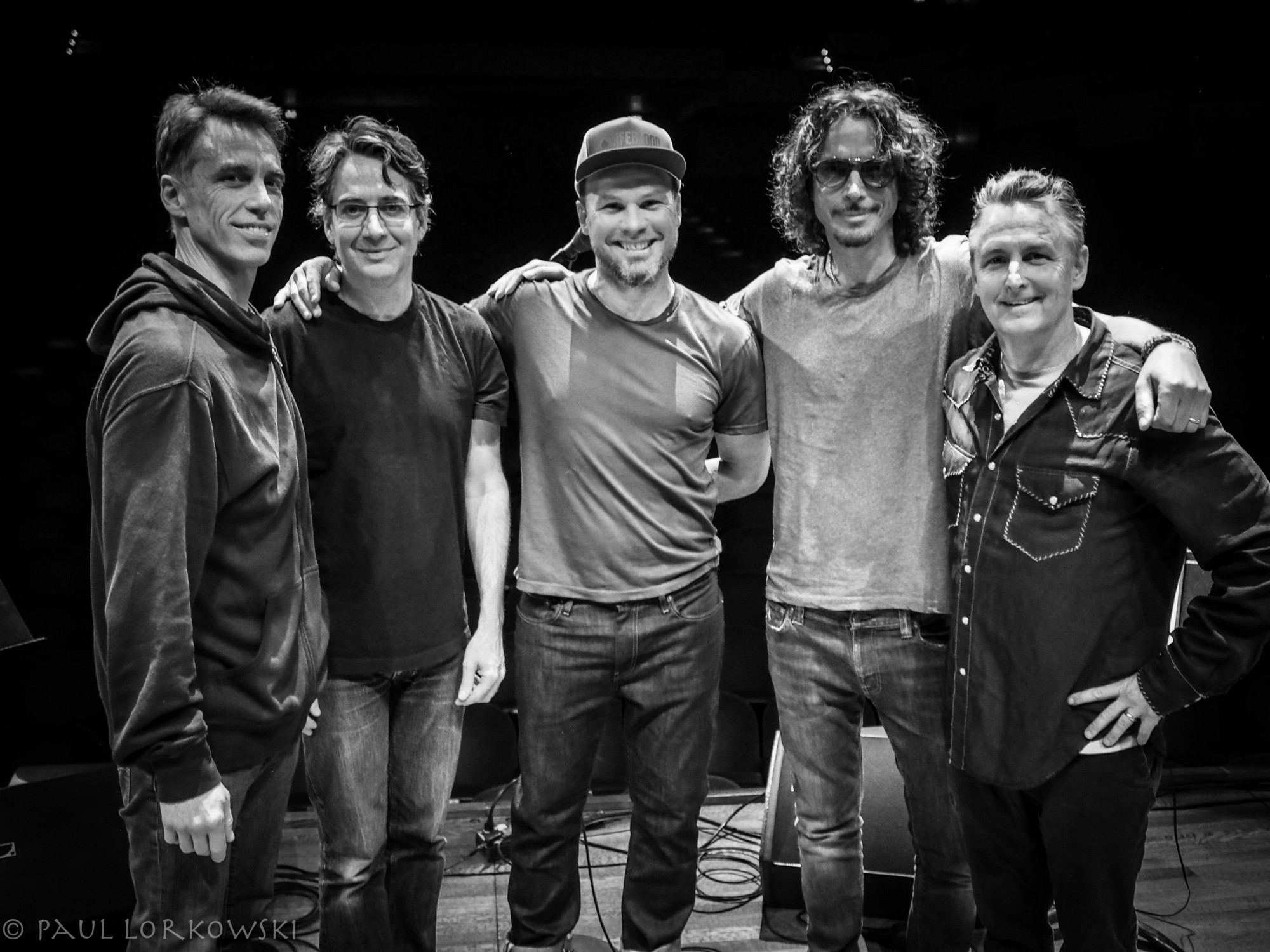
Tour Starts Today, After 25 Years
*written November 2016
April 16, 2016 marked the 25th anniversary of Temple of the Dog — a record that saw the members of Soundgarden and Pearl Jam join forces in their hometown of Seattle, to craft what remains one of the most unique and impactful collaborations to ever grace Rock n’ Roll.
“Now it seems like too much love, is never enough.” (Chris Cornell, “Say Hello 2 Heaven”)
There within those ten words from the opening track, “Say Hello to Heaven,” lies a major ingredient as to what has made Temple of the Dog so meaningful. It exemplifies people unifying in an effort to simply be there for each other and carry out a passion. Something we could all continue to learn from today.
In March of 1990, Mother Love Bone lead singer, Andy Wood tragically passed away from a drug overdose. Wood had been roommates with Chris Cornell and bandmates with Jeff Ament and Stone Gossard. Shortly after Wood’s passing, Cornell had to return to Europe with Soundgarden to finish their tour. Unsure how to deal with the death of such a close friend, Cornell did what he does best — write two songs. They would turn out to be “Say Hello 2 Heaven” and “Reach Down.”
“I felt like, ‘Well, why am I writing these songs, and what am I going to do with them when they don’t sound like Soundgarden songs to me at all. Maybe I could record these two songs with the members of Mother Love Bone, and we could release them as a single,” stated Cornell. (PJ20 book)
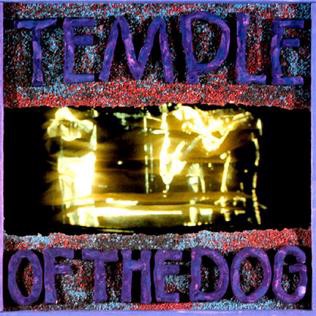
Cornell has always described the Seattle scene as being very supportive. Bands would encourage and inspire each other as opposed to trying to take each other down. That camaraderie made it appealing to him to attempt working with soon-to-be Pearl Jam. Cornell recorded the two songs to a cassette tape and dropped it off at Kelly Curtis’s office. Weeks later he received a call from Ament who had a very complimentary and encouraging reaction.
For Ament it was a chance to create music with Cornell, “I loved Soundgarden, but I saw an opportunity for us to be Chris’ band and get as weird as we could. The way Chris wrote the songs made it seem like he wanted it to be a bit more of an art project.”(PJ 20 book)
Trusting Ament and Gossard, Cornell agreed to have their new guitar player, Mike McCready, join them. Soundgarden’s drummer, Matt Cameron, would round out the team and they were on their way to making what would become a one-of-kind and historical collection of music. The name, Temple of the Dog, came from a line in the Mother Love Bone Song, “Man of Golden Words.”
In addition to Cornell’s songs (“Say Hello 2 Heaven,” “Reach Down,” “Call Me a Dog,” “All Night Thing,” “Wooden Jesus” and “Your Savior”) Gossard would bring in three arrangements (“Pushin’ Forward Back,” “Times of Trouble” and “Four Walled World”) that Cornell would ultimately piece together. Every note and every word, bleeds honesty and purity.
With “Reach Down,” Cornell envisioned Andy Wood accomplishing his dream. For Ament, it had a different meaning, but with a similar sentiment, “In a sense, Chris was the guy reaching down and picking me and Stone up and saying, ‘Come on, guys.’” (PJ20 Book)
There was just one thing missing. Cornell was not fond of a nine track record. Adding one more song and making it an even ten seemed much more digestible. He ended up writing a simple one verse-song with a repeating chorus which would turn out to be the epic, “Hunger Strike.”
“For him to write songs and then have the idea of sharing those songs with Jeff and I, was just another generous gesture that said — ‘I’m not only going to help you guys with this record, but I’m going to even ask your new singer,’” said Gossard (PJ20 film).
Eddie Vedder had just gotten to town during one of the last Temple of the Dog rehearsals. Vedder and Cornell had not met each other besides a quick hello. As the band rehearsed “Hunger Strike,” Cornell was juggling both the high and low portions of the chorus. Courageously, Vedder steps up to the mic and lends a hand. The result would be a thunderous vocal tag-team that never ceases to send chills down your spine — mostly due to the admiration that is shared between Cornell and Vedder. “It was the first time I ever heard myself on a real record so it could be one of my favorite songs that I’ve ever been on. Or the most meaningful,” said Vedder (PJ20 film).
Cornell is often credited for welcoming Vedder with open arms to Seattle. “He really embraced Eddie when he moved up here. Sometimes I wonder if that was a void he felt from Andy’s passing, having another equally talented singer that he can bounce ideas off of and basically relate to. I know Eddie felt a really mentorship and I think that gave him a lot of confidence,” Cameron explains. (PJ 20 film)
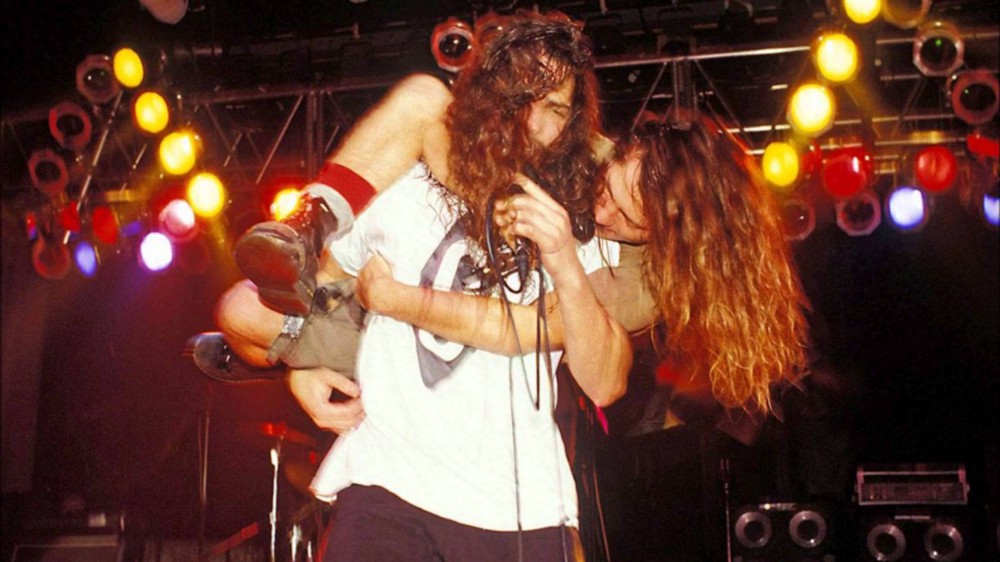
The album was recorded in just 15 days with producer Rick Parashar. The final product, Temple of the Dog, was released on April 16, 1991 through A&M Records. As Soundgarden and Pearl Jam respectively catapulted, A&M decided to re-release the record with “Hunger Strike” as a single and an accompanying music video that was filmed in Seattle’s Discovery Park.
“It was a fun record that nobody had expectations for. That made it feel very fresh from beginning to end. We weren’t concerned what anyone outside of our group of friends would think of it. It was the first and maybe only stress free album that we all made,” Cornell explained.
Temple of the Dog was among the 100 top selling albums of 1992. It has sold over a million copies in the United States according to Nielsen SoundScan, and has been certified platinum by the RIAA.
The longevity of the record is something nobody could have predicted. “I knew that Soundgarden was special but I didn’t necessarily know I could do something special outside of it until then. It made me open to the notion that art for art’s sake can result in something special,” Cornell stated.
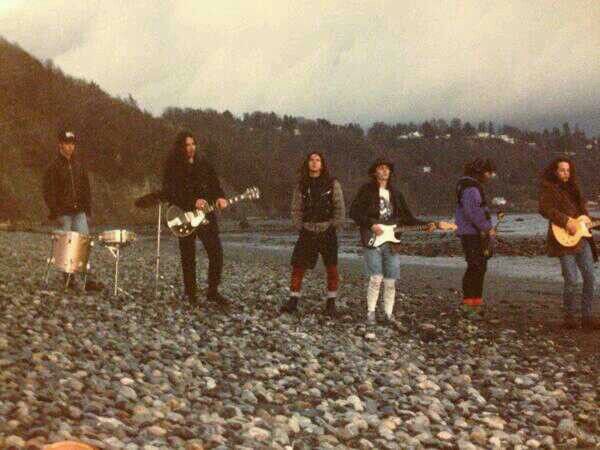
25 years later, its resonance is stunning. Temple of the Dog represents in every way, what music is all about.
When you are attending a Pearl Jam, Soundgarden or Chris Cornell show and you know someone from the other band happens to be in that city, you can’t help but think — I wonder if there will be Temple of the Dog performance? When you hear those opening “Hunger Strike” notes or Cornell strum the A minor into “You call me a dog” you go crazy. You’ve struck gold and are witnessing something beyond special. You’re all reaching down, picking each other up just like this group of legendary musicians did.
There have been numerous Temple of the Dog performances over the years — whether it was Cornell joining Pearl Jam as a special guest, or the respective groups creating renditions with other various artists. Never though, have we seen the six of them together, billed properly and specifically on tour as Temple of the Dog.
“We wanted to do the one thing we never got to do — play shows and see what it feels like to be the band that we walked away from 25 years ago,” said Cornell. “This is something no one has ever seen. We wanted to stop and recognize that we did this and pay homage.”
The pride is contagious. In part because Cornell’s writing has been so powerful, but also due to the emotions this music naturally stirs up. You feel overjoyed that these musicians whose art has been such a beautiful part of your life, are still embraced in this brotherhood that seems stronger than ever. You feel a part of it and perhaps somehow you even helped it. You feel proud of Seattle and all the history that has come out of it. You feel appreciative, just like the members of the group who continually and so graciously show gratitude for their craft and their fans. You respect why this music came to be and just how much it means to the band that made it. You admire their strength, resiliency and courage to stay true to themselves and each other. Lastly, Temple of the Dog reminds you how valuable certain moments are and how the unique moments shared amongst loved ones can be nurtured, only allowing them to grow over time.
“…now I’ve got room to spread my wings and my messages of love…”(Chris Cornell, “Reach Down,”)
Temple of the Dog represents love.
Love for each other, love for music, love for where you are going and love for where you have been.
Temple of the Dog represents people coming together. Unifying over a common passion and honoring the bond that both introduced them and continues to keep them together.
That is art that will forever lead by example.
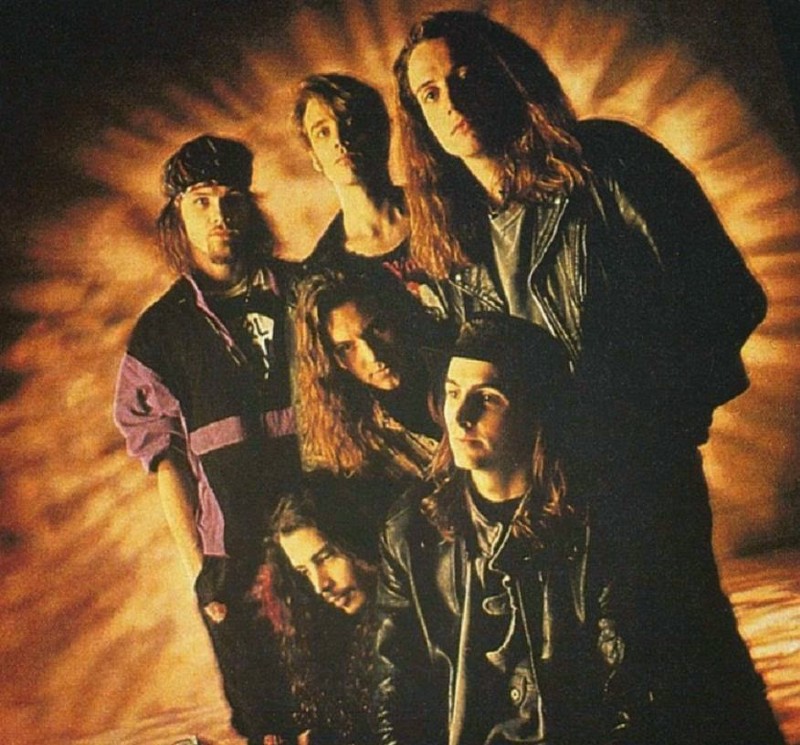
If you enjoyed, please recommend below. Follow Artist Waves on: Medium, Facebook & Twitter
By: Jeff Gorra/jeffgorra@artistwaves
Jeff Gorra on Twitter here:


